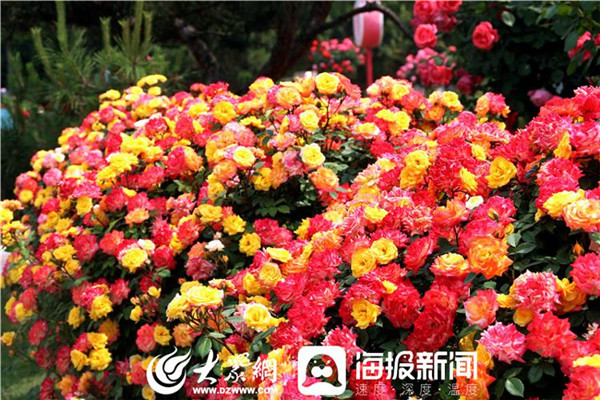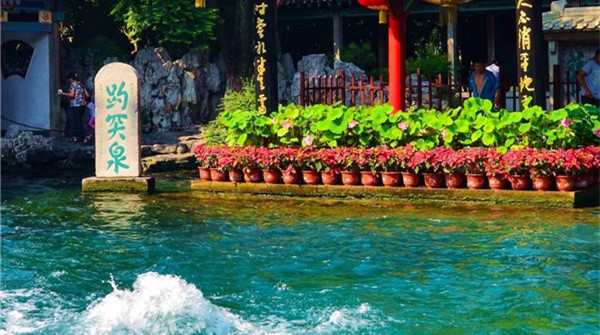Longkou vermicelli
Longkou vermicelli is an excellent representation of traditional craftsmanship. It originated in Zhaoyuan County, Yantai, Shandong Province. Hardworking locals created a new technique for making vermicelli with mung beans during the late Ming Dynasty (1368-1644).
It takes three steps, namely, milling, filtering and airing to make vermicelli. In 1860, the vermicelli started to be shipped to other places from Longkou, and therefore it was named as "Longkou Vermicelli".
During the reign of the emperor Xianfeng of the Qing Dynasty (1644-1911), the technique was popularized throughout the city of Zhaoyuan. In early 19th century, 60 percent of farmers in the county were engaged in Longkou vermicelli production. Local vermicelli exports accounted for 70 percent of the country's total. To date, there are more than 160 enterprises in the city engaging in vermicelli production. They occupy over 80 percent of domestic market shares, and contribute 85 percent of the country’s total exports..
Zhaoyuan now features three well-known vermicelli trademarks including Shuangta, Liuliushun, and Guanzhu, which are popular in over 50 countries and regions. In 2004, Zhaoyuan was named as the "Hometown of Vermicelli".
Since 2006, Zhaoyuan has ramped up its efforts to apply for the National Intangible Cultural Heritage protection for its Longkou vermicelli. In 2014, the traditional production technique of Longkou vermicelli was eventually approved by the State Council as one of the 153 National Intangible Cultural Heritage items.

 Nishan Forum on World Civilizations
Nishan Forum on World Civilizations Explore magnificent Yellow River culture in Shandong
Explore magnificent Yellow River culture in Shandong

